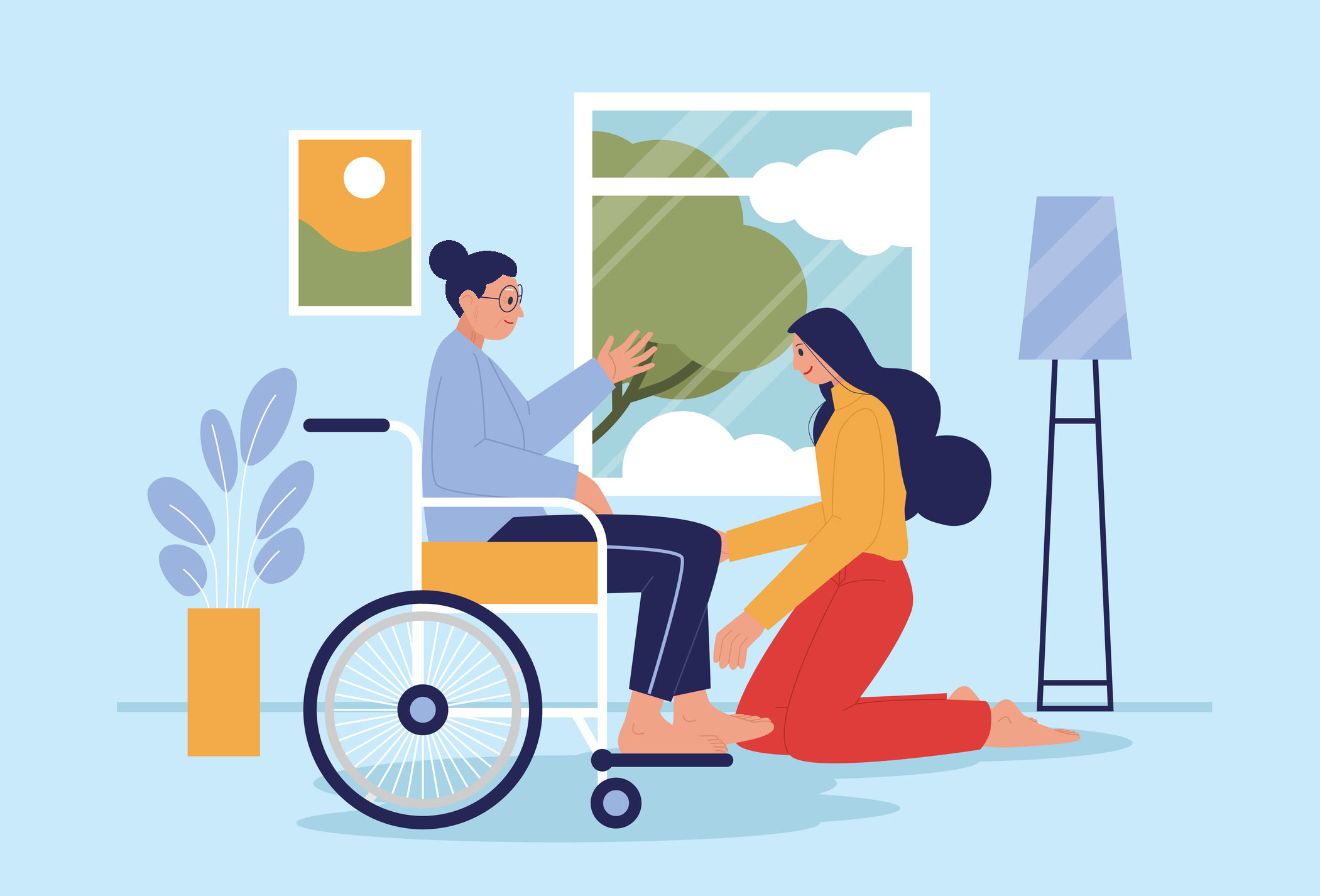Non-Medical Factors That Influence Workers’ Compensation Claims Outcomes
You might not have considered it, but factors such as access to healthy food, safe housing, transportation availability, and social support networks all directly impact workers’ compensation claims outcomes. Understand the influence of these social issues and more.
July 15, 2024

An injured worker’s time away from work is not solely based on the physical injury. Many underlying psychological and social issues affecting emotional and mental health can impact the extent of their injury. If left untreated, these factors can negatively influence the patient’s well-being, creating long-term complications with their recovery.
“Experts have shown a correlation between behavioral health and physical health,” said Lisa Haug, Assistant Vice President of Medical Management at Safety National. “In workers’ compensation, studies show that non-medical issues impact a staggering 80% of claims. Often referred to as psychosocial issues or social determinants of health, these terms denote psychological and social issues that affect a patient’s recovery apart from the physical or biological effects of the injury.”
Psychosocial Risk Factors
Prevalent in many cases, it is important to screen for these factors early to help identify the probability of related issues during the recovery process. They can include:
- History of drug or alcohol abuse
- Work dissatisfaction
- Lack of family support
- Legal or financial problems
- Low expectations of recovery
- Disabled spouse or young children at home
- History of depression or moodiness
Social Determinants of Health Risk Factors
The term “Social Determinants of Health” refers to the conditions in which people live, work, and age – all of which affect the ability to heal or access care.
- Economics – Do they have stable income to care for their family?
- Environment – Is their neighborhood and home environment safe? Is their home properly outfitted for their injury?
- Transportation – Can the worker travel to their medical appointments? Can they drive? Do they live in a remote area far from treatment facilities?
- Nutrition – Can the injured worker access quality food and clean water? If so, are they educated on healthy eating habits?
- Support System – Does the worker have a network of family and friends who can help?
- Culture – Is there a discriminatory attitude toward the person in their living area or within the medical community? Does the injured worker’s culture trust medical providers? Is there a language barrier?
- Understanding – Does the patient understand how to navigate the healthcare system, the workers’ compensation process, and their role in recovery?
Taking a Proactive Approach to Treatment
From day one of the workers’ compensation claim, it is important for all stakeholders to be thinking about the future of the injured worker’s care and identify every factor that is going to influence recovery. This should be monitored throughout the life of the claim – especially in catastrophic and long tail workers’ compensation claims that can last for years.
Engage and listen carefully to understand what the patient is experiencing to help determine the most appropriate approach.
For psychosocial issues, use surveys and ongoing communication to:
- Uncover which conditions are driving the behavior. Is it depression, anger, fear of pain, unwillingness to consider light duty, poor compliance with therapy, or something else?
- Help to adjust thought behavior. No one can convince people to heal. They must be taught by helping to create structure, planning activities, and creating consistency. Patients who actively engage in their recovery prove to have measurably better outcomes.
- Focus on positive expectations so that the employee believes in the program and is motivated to heal.
Proper education can often help mitigate low and moderate risk for these factors, but high-risk candidates might require additional resources to prevent them from becoming long-term chronic pain or disability patients.
Cognitive Behavioral Therapy (CBT) has proven to be an effective treatment. It focuses on techniques to change thinking patterns that might adversely affect the patient’s response to pain, such as getting the injured worker to change their perception of an injury from overwhelming to manageable. It might also teach behavioral skills like relaxation or biofeedback to help self-regulate psychosocial stimulation as well as pain.
It can also teach patients to identify maladaptive thoughts and substitute them with positive thoughts. Most importantly, this therapy can help convince the employee that treatment is relevant to their problem, and that they need to be actively engaged in the process. Patient buy-in into their treatment regimen is critical.
Social determinants of health often have solutions that are tangible in nature. Addressing these issues often takes a common-sense approach. For instance:
- If the injured worker lives in a remote area far from care facilities, see if there are satellite offices or arrange for possible telehealth options. If transportation is an issue, arrange to fix that. Take whatever means possible to get them to where they need to be to remain on their treatment plan.
- For nutritional factors, help the injured worker and their support system understand the importance of healthy food and its influence on recovery. If access is the issue, look for options like grocery home delivery.
- If education level is an issue, break down any confusion for comprehension and constantly ask for reassurance of understanding.
- If the home environment does not support the work injury, look into making home modifications or providing an entire new home, if needed.
It is important to remember that paying for a solution to help correct these issues is an important investment that saves suffering, time, and costs in the long run. This approach benefits both the worker and the employer, thus impacting results.
Overall, treatments will vary depending on individual circumstances. It is important to proactively monitor for red flags and investigate further to prevent adverse claims outcomes.

























